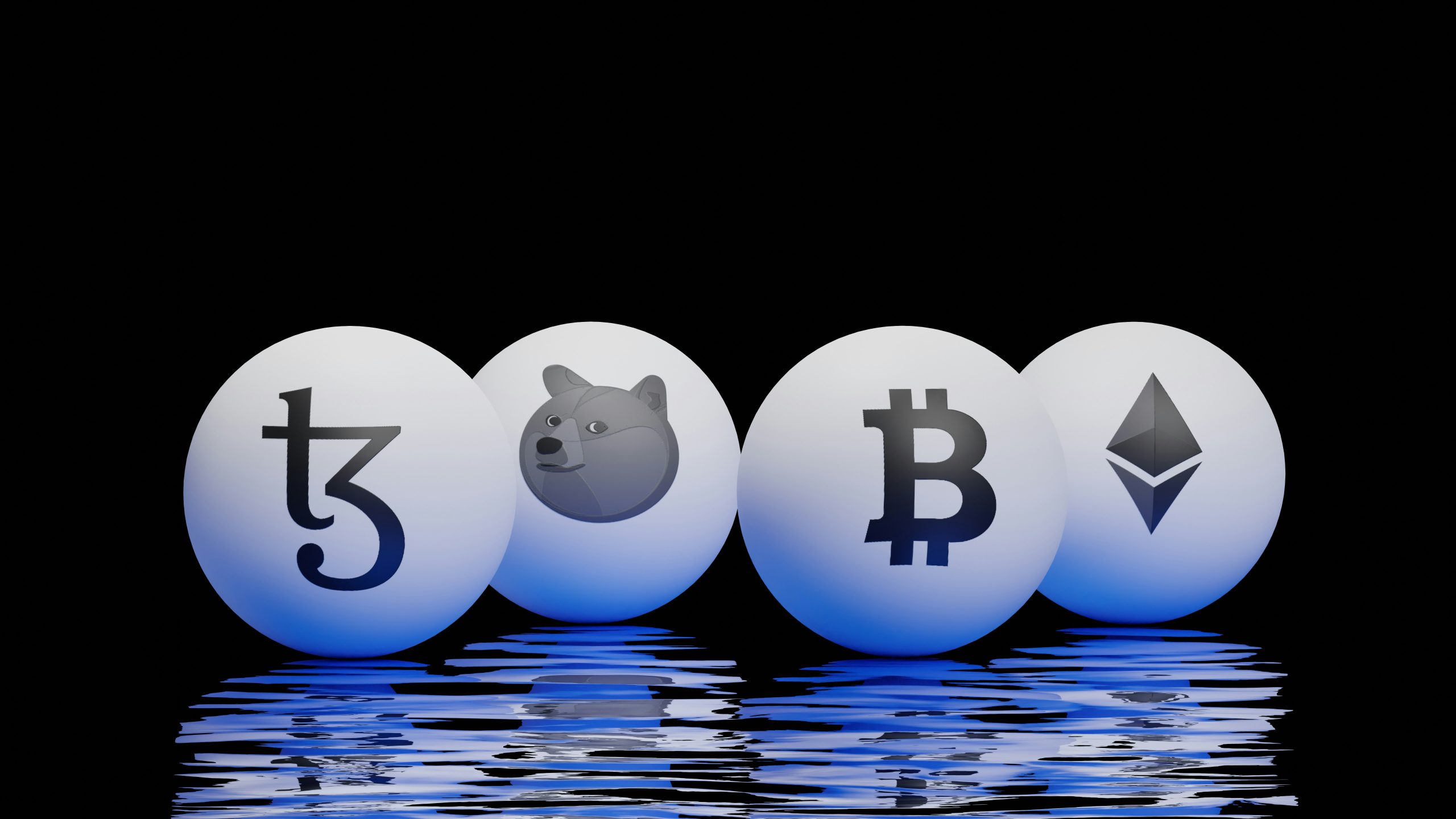Table of Contents
![]()
Introduction
Decentralized Finance (DeFi) represents a revolutionary shift in the financial sector, leveraging blockchain technology to create an open, transparent, and permissionless financial ecosystem. Unlike traditional finance (TradFi), which relies on centralized intermediaries like banks and financial institutions, DeFi operates on decentralized networks and smart contracts. This article explores the evolution, core components, benefits, risks, and future trends of DeFi, shedding light on its potential to reshape global finance.
Historical Context and Evolution
DeFi’s roots trace back to the advent of blockchain technology, which began with the launch of Bitcoin in 2009. However, it was the introduction of Ethereum in 2015, with its support for smart contracts, that truly ignited the DeFi movement. Smart contracts are self-executing contracts with the terms of the agreement directly written into code, enabling trustless transactions without intermediaries.
The early days of DeFi saw the development of decentralized exchanges (DEXs) and automated market makers (AMMs). Uniswap, launched in 2018, was among the first to provide a decentralized trading platform that allowed users to swap cryptocurrencies directly without relying on a centralized exchange. Over time, DeFi protocols expanded to include lending platforms, yield farming, and synthetic assets, significantly broadening the scope of decentralized financial services.
Core Components and Technologies
- Blockchain TechnologyBlockchain is the foundational technology behind DeFi. It is a distributed ledger that ensures data integrity and security through decentralized consensus mechanisms. Unlike traditional databases, blockchain records are immutable and transparent, making it an ideal platform for financial transactions that require high levels of trust and security.
- Smart ContractsSmart contracts are crucial to DeFi, enabling automatic and trustless execution of financial agreements. These self-executing contracts run on blockchain platforms like Ethereum, allowing DeFi applications to operate without intermediaries. By defining the rules of an agreement in code, smart contracts reduce the need for manual intervention and minimize the risk of fraud.
- Decentralized Applications (dApps)Decentralized applications, or dApps, leverage smart contracts to provide various financial services. These applications operate on blockchain networks and offer functionalities such as trading, lending, and asset management. Examples include Uniswap for trading and Aave for lending.
- Cryptocurrencies and TokensCryptocurrencies and tokens play a central role in DeFi. Native tokens like Ether (ETH) are used for transactions and as collateral in various DeFi protocols. Additionally, governance tokens give users a stake in the decision-making processes of DeFi projects. These tokens enable decentralized governance, allowing stakeholders to vote on proposals and changes to the protocol.
Key DeFi Protocols and Platforms
- Decentralized Exchanges (DEXs)DEXs like Uniswap, SushiSwap, and PancakeSwap allow users to trade cryptocurrencies directly with each other. Unlike centralized exchanges, which match buy and sell orders through an intermediary, DEXs use automated market makers (AMMs) to facilitate trades. AMMs provide liquidity through pools of assets and price assets based on supply and demand.
- Lending and Borrowing PlatformsPlatforms such as Aave, Compound, and MakerDAO enable users to lend and borrow assets in a decentralized manner. Lenders earn interest by providing liquidity to the platform, while borrowers can take out loans by collateralizing their assets. These platforms use smart contracts to automate the lending process and manage risks.
- Yield Farming and Liquidity MiningYield farming and liquidity mining involve earning rewards by providing liquidity to DeFi protocols. Users can earn additional tokens by participating in liquidity pools or staking their assets in DeFi platforms. For example, Yearn.Finance and Curve Finance offer yield farming opportunities that allow users to maximize their returns through various strategies.
- Synthetic Assets and DerivativesSynthetic assets and derivatives platforms like Synthetix and UMA enable the creation and trading of synthetic assets that mimic the value of real-world assets, such as stocks or commodities. These platforms use smart contracts to manage the issuance and settlement of synthetic assets, providing users with exposure to a broader range of assets without needing to own them directly.
Benefits of DeFi
- Financial InclusionDeFi has the potential to enhance financial inclusion by providing access to financial services for unbanked and underbanked populations. With DeFi platforms, individuals can participate in global financial markets without needing a traditional bank account or credit history.
- Transparency and SecurityDeFi promotes transparency through open-source code and decentralized governance. All transactions and protocol changes are recorded on the blockchain, making them publicly accessible and auditable. Additionally, the decentralized nature of DeFi reduces counterparty risk and reliance on single points of failure.
- Innovation and CustomizationThe DeFi ecosystem fosters innovation by enabling the creation of novel financial products and services. Programmable financial applications allow users to customize their financial strategies and experiment with new models of lending, trading, and investing.
Risks and Challenges
- Smart Contract VulnerabilitiesWhile smart contracts offer numerous benefits, they are not without risks. Bugs or vulnerabilities in smart contracts can lead to significant losses. High-profile hacks, such as the DAO hack in 2016 and the Poly Network hack in 2021, highlight the potential risks associated with smart contract vulnerabilities.
- Regulatory and Compliance IssuesThe regulatory landscape for DeFi is still evolving, and legal uncertainties can pose challenges for DeFi projects. Compliance with anti-money laundering (AML) and know-your-customer (KYC) requirements is a significant concern, as DeFi’s pseudonymous nature can complicate regulatory enforcement.
- Market RisksDeFi markets are subject to high volatility, which can impact the value of cryptocurrencies and tokens. Risks associated with yield farming and liquidity mining include impermanent loss and potential losses due to fluctuations in asset prices.
Future Trends and Developments
- Integration with Traditional FinanceThe integration of DeFi with traditional finance is a growing trend. Partnerships between DeFi projects and traditional financial institutions are emerging, leading to the development of hybrid financial products that combine the benefits of both systems.
- Technological AdvancementsOngoing advancements in blockchain technology, such as improvements in scalability and interoperability, are expected to enhance DeFi’s efficiency and usability. Innovations in smart contract platforms and Layer 2 solutions aim to address existing limitations and expand DeFi’s capabilities.
- Evolving Regulatory LandscapeThe regulatory landscape for DeFi is anticipated to evolve as governments and regulatory bodies develop frameworks to address the unique challenges posed by decentralized finance. Future regulations may impact how DeFi projects operate and interact with traditional financial systems.
Conclusion
Decentralized Finance (DeFi) represents a paradigm shift in the financial industry, offering new opportunities for innovation, transparency, and inclusivity. While the DeFi ecosystem faces challenges related to smart contract security, regulation, and market volatility, its potential to transform global finance is significant. As technology and regulatory frameworks continue to evolve, DeFi is poised to play a crucial role in shaping the future of financial services. Navigating the risks and embracing the opportunities presented by DeFi will be key to harnessing its full potential and driving the next wave of financial innovation.
Share This





Be the first to comment